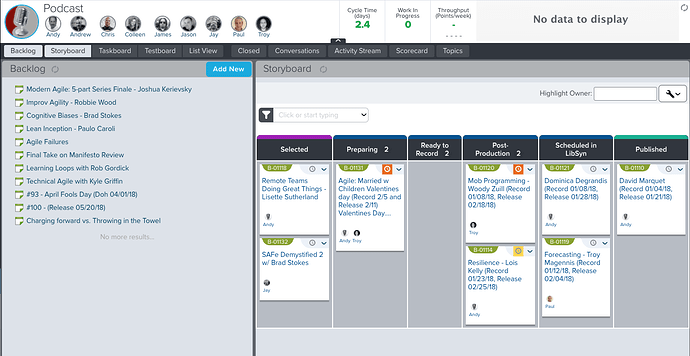(felt like it was time to start a new fiery thread here!)
After participating in 5 agile transformations over the past 12 years, I’ve come to the conclusion that each organization’s adoption is like a latex balloon inflating outward from it’s point of sponsorship into the rest of the organization. At some point, that latex balloon will fill the box until it hits boundaries of resistance… and with time and coaching, that balloon will either push through that boundary and continue to expand, or it will pop and change agents move on (very rarely do invested agile practitioners become tolerant of “good enough” and stop putting air in the balloon). If we’ve done a good job, hopefully a large percentage of the gains made will be retained and create a better space for those who do stay behind (this is how I’ve reflected on my past experiences and measure my success).
My question is, how do you know the difference between investing time and pushing forward, vs. seeing the writing on the wall and throwing in the towel? If you give up too easily, you don’t learn, you don’t become a better change agent, you don’t foster the next generation of great people. But if you hang on too long, you get exhausted, worn down, pessimistic, and sometimes even minor PTSD, making the next venture harder.
This isn’t a question for me personally trying to decide to stay or leave my current organization (dear boss, in case you see this), but a question that falls at multiple levels of the coaching role! It could be abstracted to career path choices, but I also see this on the micro level at individual decisions (fight for pair programming vs. accepting it’s a lost cause here). Right now, I’m in an organization that has regionally adopted agile, but not globally. I’m pondering this question as it relates to my ability (capacity and experience) to inflate that balloon into a group that is culturally not well suited for agile (yet) but needs to interface with one that is. (I’m also advocating for a “me” to be hired in that region instead.)
So… ignore my specific situation if you can, I’m not looking for situational advice, but more curious about abstracted philosophy. I’m curious to hear from other agile change agents in the field…
- How does this question apply on the job decision level?
- How does this question apply to you within the organization you are coaching as you push certain practices decisions?
- When do you hold your breath and pause “pumping air in the balloon” to let things solidify before pushing again?
- What has history taught you?
(also, could this be a podcast episode topic?)



